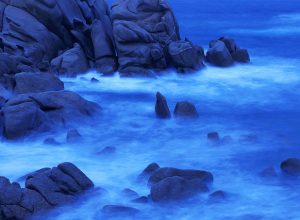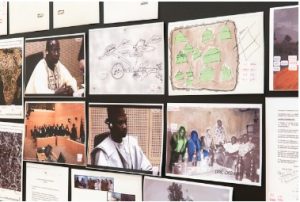
How does one give an effective visual shape to judicial debate? This is the question asked by Franck Leibovici, poet and artist, and Julien Seroussi, a former analyst at the International Criminal Court and previously part of the « mass crimes » section of the Paris Tribunal. Here, they put forward their concept of « artwork-tools », allowing for a new way to envision what constitutes proof.
Laurence Bertrand Dorléac
Julien Seroussi et Franck Leiboviciinvestigating artworks
at the international criminal court (icc), the parties – prosecutor and defense – are the ones who conduct the investigation. as such, only the evidence presented by them during the trial will form the basis for the judges’ deliberation. the deliberation techniques are left to the latter’s discretion. this means that there is no expected or explicitly stated method. this discretionary aspect of the judges’ work is our entry point: during deliberation, the techniques of art, poetry or human and social sciences have as much legal right to be used than the expected jurisdictional routines. this approach entrusts the judges, who have not taken part in the investigations, with a power absent from Anglo-Saxon law: that of being able to carry out, through the evidence, documental investigations.
between 2016 and 2022, at the icc, we attempted a novel experiment: to try to improve fact processing by making what we call artwork-tools – both works of art and tools for professionals. through a concrete example – the trial of two militia leaders, germain katanga and mathieu ngudjolo chui, accused of having attacked the village of bogoro on the 24th of february 2003 – the use of artwork-tools raises new questions: can art and poetry function as tools for action? can artistic devices modify professional practices? how does maintaining a work of art forces us to think about the maintenance of the collective responsible for them?
among the fifteen or so artistic devices produced during these six years (ranging from stained glass windows to kakemonos and videos), two are presented here.
11 reconstituted stamps (2018)
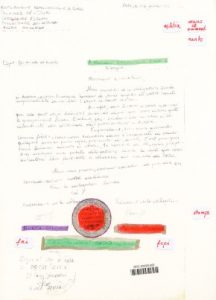
fig 1: a piece of evidence: the so-called “soap” letter, co-signed by two militias the frpi and the fni. © franck leibovici
in ituri, in the east of the democratic republic of the congo, militias are set up, dismantled, allied or split up at a rate that makes easy understanding impossible for judges. and yet, it is a critical question: to establish the responsibility of the accused, it must first be proven that they are indeed at the head of a “structured and hierarchical military organization” – but which one? and if anyone can create a militia as informally as it appears, does the chain of command and ranks have any value? germain katanga can thus state: “in 2004, i proclaimed myself the president of frpi” 110 octobre 2011, transcript 319, p. 2, lignes 4-5..
in concrete terms, how can we follow the evolution of these militias from the available elements of proof? stamps, applied at the bottomof official documents, seemed a possible lead: collecting them makes it possible to list the militias present in the documents; furthermore, isolating them from their initial documents, enlarging them, and turning them into artefacts furthers our understanding.
as michael lynch has shown in his study of nano-sculpture competitions in molecular synthesis laboratories, the shift into a material artefact allows us to step back from a reflection on general rules and, instead, ask precise situated questions 2michael lynch, « material play and artistic renderings—the production of essentially useless nanotechnology », in philippe sormani, guelfo carbone and priska gisler (eds.), practicing art/ science, experiments in an emerging field, routledge, Londres, 2018..
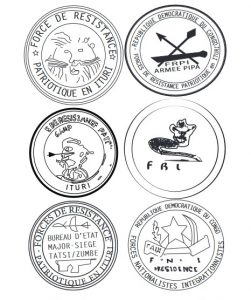
fig 2, fig 3, fig 4 and fig 5: examples of the stamps taken from letters, made out of wood, paint, bronze and documents. © franck leibovici
by placing the bronze matrices side by side, it becomes clear that certain figures are produced according to standard criteria of representation (the lion of the congolese democratic forces, the national army), while others appear more artisanal (the lion of the frpi). in addition, several frpi stamps are uncovered: each one dates from a different period or refers to a potentially competing leader.
wooden handles are then made to visualize these distinctions. conceived as an encoding system, the handles tell the origin and ever-changing history of the militias: central power, a village self-defense group, an alliance between two militias, the power of the fetishers, etc. it is thus possible to grasp at a single glance what a series of documents would make less salient.
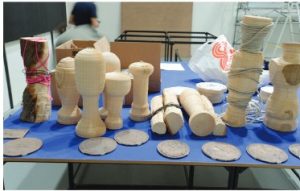
fig 3 © franck leibovici
these stamps are in no way fac-similes of the originals applied on the documents submitted as evidence. the handles allow for a visualization of a situation. once the series of artefacts has been produced, it would obviously be simple to draw a diagram detailing the different acronyms, in order to highlight alliances, fractures and sub-groups. but this translation would force us to abandon the material dimension of the objects, as well as the series of questions that could be asked of them: who designed these stamps’ molds?
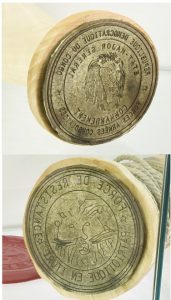
fig 4 © franck leibovici
what role did these artisans play? were they simple village artisans or members of the militia? when were these stamps created: from the onset of the militia or at a time when the authority of the group had to be imposed on others? a mind-map connecting acronyms offers a logical and static vision of a situation at a given time. the production of artefacts induced by the documents makes it possible to ask questions arising from their materiality, their production, and the social interactions they required. the elements of proof can then be reconsidered in the light of these new questions.
thinking about a work of art in these terms implies evaluating it from a new angle: “what new questions does this work uncover?”. once it is included in a corpus of documents any work can ask such a question. the difficulty lies in selecting a relevant work.
turning something into an artefact means leaving the world of the purely documental to immerse oneself in a world of objects. it means seeing that inside each document there are people, collectives, practices and objects. in this sense, it means helping judges, who never leave the courtroom, to get closer to the realities of the field.
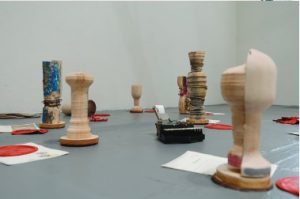
fig 5 © franck leibovici
muzungu (2016)
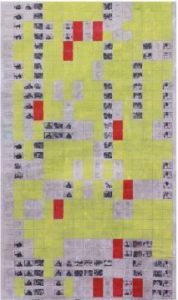
fig 6: bingo, (detail), 2020, oil on canvas, 250 X 90 cm.
what to do when faced with a mass of evidence that includes hundreds or even thousands of documents, photos, diagrams and films? they must be indexed according to a useful organizational method.
as the anthropologist charles goodwin has underlined, each profession has its own way of seeing things, each “professional vision” being more or less sensitive to certain parameters, to certain properties, from which their objects of knowledge will be produced 3charles goodwin, « professional vision », american anthropologist, n° 96/3, p.606-633, 1994.. when faced with a mark on the ground, an archaeologist, a farmer, a hunter, an artist will all see different things, according to the frameworks shared by their respective professional communities. during the deliberations, the evd (evidence) admitted will thus be evaluated according to the factual allegations listed in the “decision on the confirmation of charges” (dcc), which serves as a reference during the trial. like in a bingo card, the evd must fill in the boxes of each factual allegation in order for it to be considered proven. in a “legal vision”, the elements of proof are never looked at for themselves, but always according to the grid established by the dcc.
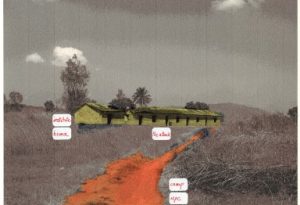
fig. 7, 8 : muzungu, 2016, inkjet printing, markers, soft varnish, magnetic paint, magnets, varying sizes. © franck leibovici
to help the judges apprehend other ‘professional visions’, we both color-coded and applied keywords to the documentary evidence. these keywords or tags were chosen from the categories that were particularly problematic during the trial (‘maps’, ‘militias’, ‘chains of command’, ‘child soldiers (kadogo)’, ‘fetishers’, ‘making peace’). the list is not final, and must remain, as a matter of principle, open-ended so that each future user can increase and enrich it according to their skills or needs.
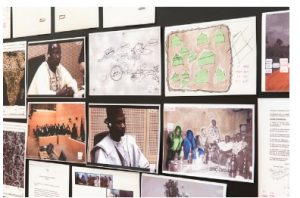
fig. 8 © franck leibovici
muzungu puts forward an alternative to the ring binders that pile up on judges’ desks, by making possible, at first glance, a synoptic view of the evd thanks to the creation of a large wall covered with magnetic paint. but an image does not speak on its own: it is by contextualizing it and inscribing it in series and montages that an image begins to reveal its properties. mobile panels, in homage to those used by aby warburg, were conceived as extensions of the synoptic wall view, make it possible toorganize a selection of images and documents, hedging the bet that this type of montage will reveal narrative hypotheses. an investigative power is given back to the judges; one, that does not conflict with that of the parties: documental investigation.
thus, this magnetic device makes it possible to move away both from the file format, which only allowed a linear, additive and successive reading of the elements, and from the display case, which prevented any manipulation and reconfiguration of the materials. mobile panels can be detached from the wall to help spatialize oneself with their content, as well as connect the documents with each other by their various edges. in this way, it seeks to step away from the traditional editorial railway, and the reduction to two links (before and after) it can induce.
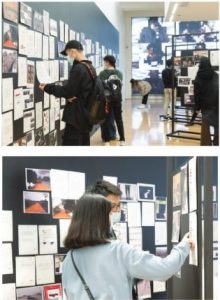
fig 9, 10: taipei fine arts museum, taipei biennial, taiwan, 2020. © taipei fine arts museum
muzungu allows for categories to emerge through an exploration of the evidence (a floating and unoriented exploration) and then to construct hypotheses from these categories. the questions asked of those images by the jurists are no longer those of the confirmation of charges. micro-contexts emerge from these arrangements, which help navigate the realities of congolese life.
in this way, two ways of doing things are contrasted: instead of starting with factual allegations, as the judges do, muzungu starts with images. but images say more than propositional statements. this excess, which goes beyond any factual allegation, is placed on the magnetic boards. The latter seeks, in some way, to reduce the gap between legal truth and historical truth. in doing so the installation also offers new grips to researchers, the court’s outreach team, and the communities concerned, in order to write another history of conflicts.
art and poetry have a clear role to play here: by putting to work their own, ordinary, practices in other contexts, they contribute to expanding the repertoire of gestures and procedures of the legal world. no longer is it about representation, but about action.
The lack of capital letters is author’s choice
[1] 10 octobre 2011, transcript 319, p. 2, lignes 4-5. [2] Michael Lynch, « material play and artistic renderings—the production of essentially useless nanotechnology », in Philippe Sormani, Guelfo Carbone and Priska Gisler (eds.), Practicing art/ science, experiments in an emerging field, Routledge, Londres, 2018. [3] Charles Goodwin, « Professional vision », American Anthropologist, n° 96/3, p.606-633, 1994.
Bibliography
Julien Seroussi was an analyst at the chambers of the international criminal court in the Hague. Franck Leibovici considers that the practices of art and poetry can modify our ways of doing things, just as the practices of social sciences and law give art and poetry the possibility not only to represent things, but to act at their very heart. in collaboration with the icc, they are developing artistic devices that encapsulate gestures from different disciplines, in order for lawyers to experience unexpected gestures and practices.
This project has benefited from the support of the Fondation de la Maison des Sciences de l’Homme (FMSH) and the Fondation Nina and Daniel Carasso (FNDC).
